- The Impact of AI on Digital Marketing - October 24, 2025
- How to Run a Successful Social Media Campaign - October 24, 2025
- Digital Marketing Mistakes to Avoid in 2025 - October 23, 2025
10 Most Common Digital Marketing Mistakes to Avoid (and How to Fix Them)
In this section, we will look at the most common digital marketing mistakes that hold businesses back. These mistakes fall into two main categories:
- Strategy-related mistakes
- Content creation and execution mistakes
Each part provides practical steps to help you fix these issues, improve your marketing efforts, and increase your overall return on investment. By identifying where your strategy may be lacking, you can adjust your approach and make sure your marketing budget produces real, measurable results.
Top Marketing Strategy Mistakes + Solutions
Here is the list of the top 10 marketing mistakes to avoid and pro tips on how to deal with them.
`
1. Doing Anything Without Clearly Defined Audiences
Mistake #1: Trying to Market to Everyone
Did you know that 90% of companies that use buyer personas gain a much clearer understanding of their customers? Many first-time entrepreneurs and small business owners often make the mistake of “casting a wide net” to attract more customers.
The truth is, most revenue comes from a few specific customer groups. Trying to appeal to everyone usually means neglecting your most valuable prospects. Additionally, it makes it nearly impossible to understand their true interests, pain points, and behaviors.
In digital marketing, knowing your customer is essential. Without this insight, your strategies may be unfocused, ineffective, and costly.
How to Identify Your Ideal Customer
The best way to understand your audience is by creating buyer personas. Focus on 2 to 3 core customer types and define them thoroughly. This will help you create strategies that really connect and find the marketing channels that deliver the best results.
Here’s how to do it:
1. Define Buyer Personas
Break your market into distinct customer types. For each persona, identify:
- Demographics (age, location, income, etc.)
- Pain points and challenges
- Expectations and goals
- Potential objections to your product or service
2. Leverage Market Research Experts
Experts can provide deeper insights into your audience, including trends, behaviors, and changing needs. This ensures your decisions are based on data and are strategic.
3. Engage Directly with Prospects
Don’t solely rely on reports. Connect with your audience on social media, forums, surveys, and polls. Listening to them directly gives you a clearer picture of their motivations and preferences.
By understanding your audience in detail, you’ll create marketing strategies that are focused, effective, and profitable—instead of guessing and hoping for the best.
2. Not Addressing Your Audience & Their Pain Points Directly

[Source: google]
Mistake #2: Focusing on Features Instead of Customer Experience
Did you know that companies that prioritize customer experience see revenue 4 to 8% higher than those that don’t? This shows that your audience cares more about solving their problems than learning about your product specs.
Instead of showcasing features, your marketing should highlight how your product or service improves your customers’ lives. Focus on the transformation your buyers want to achieve. Move them from the problem-filled “before” to the better, solution-driven “after.”
The key question to ask is: What is the desired outcome for your audience, and how does your offer help them get there? The clarity of this transformation is what makes your digital marketing truly effective.
How to Understand Your Audience’s Pain Points
To tailor your messaging effectively, start by gaining insight into your customers’ challenges:
1. Analyze the Current Situation
Conduct customer interviews, review support cases, and send surveys to identify recurring problems.
2. Communicate with Your Teams
Talk to sales, support, and other stakeholders who interact directly with customers. They often have firsthand knowledge of common pain points and expectations.
3. Research Industry Insights
Look for third-party research or reports on your market to understand broader trends and shared challenges. Use these findings to refine your approach and messaging.
By centering your marketing on the customer’s journey from “before” to “after,” you create messaging that resonates, builds trust, and drives measurable results.
3. Superficial Approach To SEO
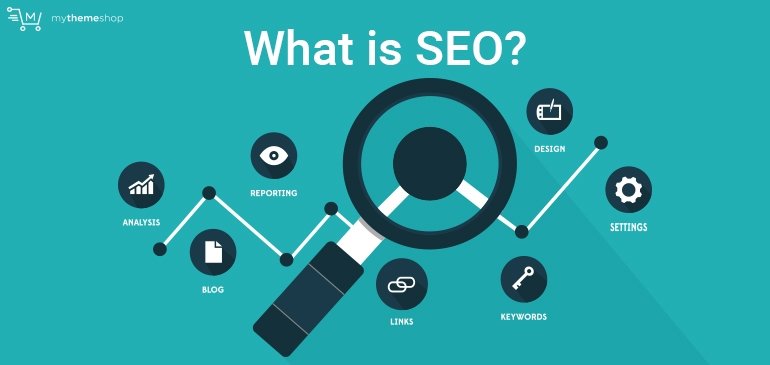
[Source: google]
Mistake #3: Neglecting SEO and Organic Search
Did you know that 93% of online experiences start with a search engine? With billions of blog posts published every day, optimizing your content for search engines is the only way to gain visibility and attract organic traffic.
SEO may seem like a constantly changing puzzle, but some proven strategies can help your content rank higher consistently. Focusing on these basics ensures your marketing efforts reach the right audience.
Key Elements of a Strong SEO Strategy
1. Target the Right Keywords
Go beyond the keywords you want to rank for. Focus on the search terms your target audience is actually using. Choose keywords with enough search volume and where you realistically have a chance to rank.
2. Create High-Quality Content
Search engines reward well-researched, long-form, and relevant content. Improve your posts with multimedia elements, such as videos, images, and infographics, to increase engagement and dwell time.
3. Ensure Mobile-Friendliness
With most internet traffic now coming from mobile devices, a mobile-optimized website signals strong SEO and enhances the user experience.
4. Build Backlinks
Links from reputable sites and influencers in your niche establish credibility and improve your search rankings.
5. Optimize Images
Properly name your image files, include relevant keywords, and add descriptive alt tags to help search engines understand your content.
6. Use Clear URLs
Short, descriptive URLs with primary keywords make it easier for search engines and users to understand your page’s topic.
Pro Tip
SEO is constantly changing. Stay updated by following industry leaders or consider hiring a professional agency that can implement the latest strategies for your business.
By investing in SEO, you make sure your content doesn’t get lost in the vast online information and instead reaches the people actively searching for solutions you provide.
4. Campaigning & Investing Without A Strategy
Mistake #4: Not Having a Clear Content Marketing Strategy
Did you know that only around 40% of marketers have a documented content marketing strategy? A lack of structure and vision is a common issue, especially for small businesses and startups.
Without a clear strategy, marketing efforts often become disjointed, hard to manage, and difficult to measure or scale. The good news is that many of your competitors may be facing the same problem, giving your business an opportunity to stand out with a solid plan.
How to Build an Effective Digital Marketing Strategy
1. Define Your Audience
Start with detailed buyer personas to understand exactly who you are targeting.
2. Set SMART Goals
Goals should be Specific, Measurable, Achievable, Relevant, and Time-bound to guide your efforts effectively.
3. Choose Tools, Channels, and Tactics
Identify the platforms, marketing tools, and tactics that will help you achieve your goals efficiently.
4. Monitor and Optimize
Track your progress, analyze results, and adjust your strategy as needed. Continuous improvement ensures you are always moving closer to your objectives.
A strong strategy is not just about setting goals; it’s about mapping out the steps needed to reach them. Once you implement and test your plan, you will gain valuable insights into what works, what doesn’t, and where to focus your efforts for the best results.
5. Spending Recklessly On Paid Ads
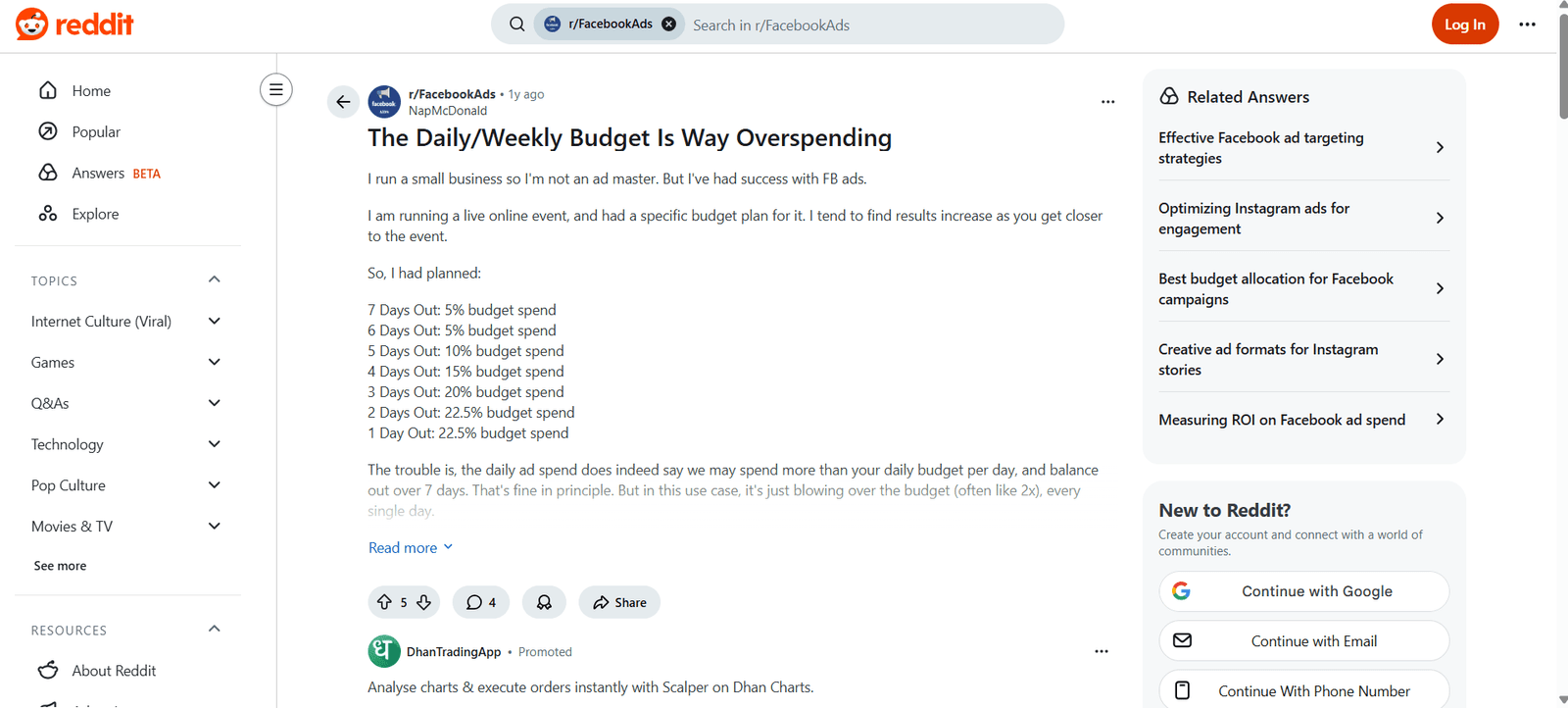
[Source: Reddit]
6. Expecting Results Overnight
Mistake #5: Expecting Instant Results
Business leaders often feel discouraged when their digital marketing efforts don’t yield quick results. However, digital marketing takes time to show measurable impact.
For example:
- Facebook ad campaigns usually need about a week to generate meaningful performance data.
- The effects of SEO improvements often become noticeable after two months or more.
The fast pace and ease of access in the online world can create the illusion that digital marketing is a quick path to success. In reality, it’s a process that involves building awareness, capturing attention, and nurturing engagement before conversions happen. Even when people recognize your brand, they may need to see it multiple times before they decide to engage or make a purchase.
How to Achieve Results
The only reliable way to succeed is with consistency and experimentation. Keep testing new strategies, refining campaigns, and engaging your audience over time. Patience and persistence will gradually lead to measurable results, and eventually, digital marketing will start providing the returns you want.
7. Posting On Social Media Without A Plan
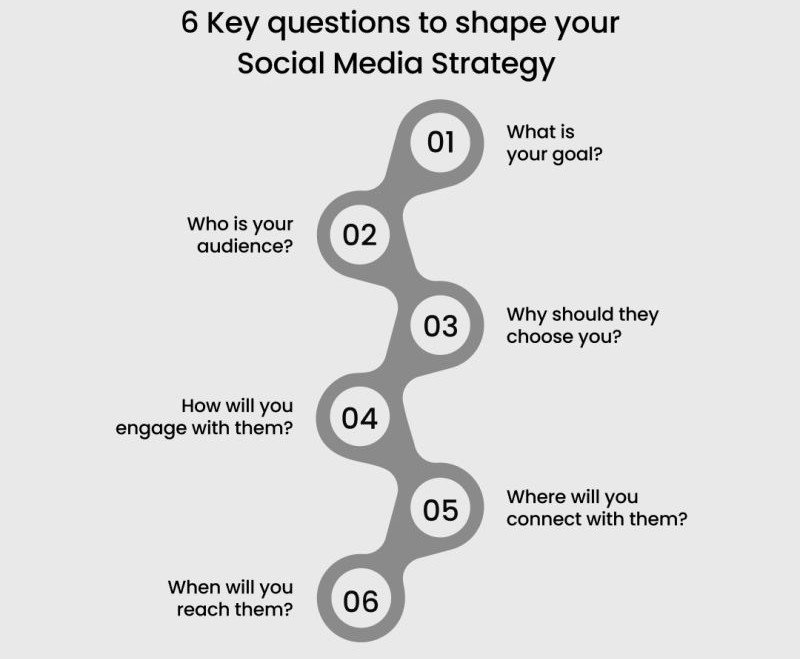
[Source: google]
Mistake #6: Using Social Media Without a Strategy
Did you know that poorly executed social ads can trigger a negative response in under a second? Yet, many businesses use social media aimlessly and miss out on its huge potential to engage customers, expand reach, and build meaningful relationships.
Social media success relies on consistency and timing. Research shows that posting at the right times boosts reach and engagement, but these times differ across platforms.
How to Leverage Social Media Effectively
1. Set Clear Goals
Start with SMART goals: Specific, Measurable, Attainable, Relevant, and Timely. Defining what success looks like ensures every post and campaign serves a purpose.
2. Choose the Right Platforms
Not every platform attracts the same audience:
- LinkedIn is great for B2B marketing.
- Instagram connects with younger, lifestyle-focused users.
- Facebook is effective for direct-to-consumer sales.
Look at your competitors too. See where they are active, what content they share, and who engages with them.
3. Hire a Social Media Manager
A dedicated manager can:
- Develop strategic posts and engagement plans.
- Keep your posting schedule organized.
- Ensure your brand voice remains professional and consistent.
4. Create, Curate, Listen, and Engage
Focus on content that educates, inspires, and entertains. Engage your followers by responding to comments, hosting live videos, and personalizing interactions. This builds trust and a strong brand personality.
5. Collaborate with Influencers
Partnering with credible influencers helps expand reach and credibility. Fifty percent of buyers check influencer reviews before making a purchase.
6. Grow Your Followers Organically
Invest in strategies that increase your follower base on relevant channels, but remember that engagement matters more than numbers.
By using social media with a plan, your business can turn casual followers into loyal customers and create a strong online presence that drives real results.
Content-Related Digital Marketing Mistakes + Solutions
8. Not Using Social Proof Including Case Studies & Success Stories
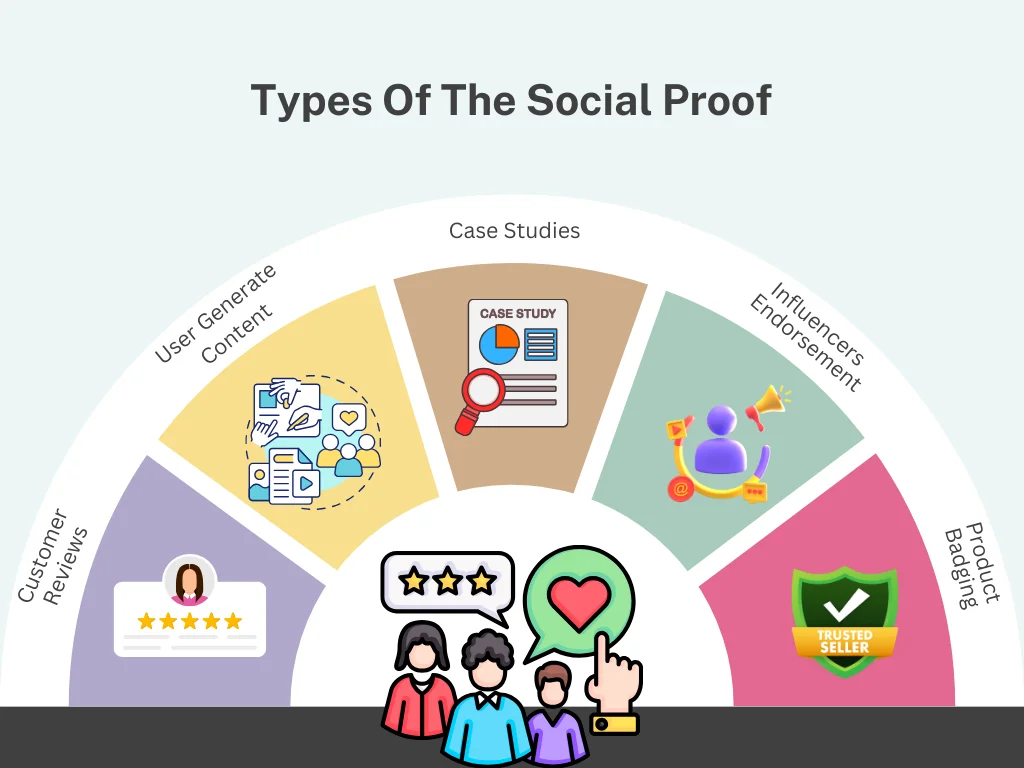
[Source: google]
Mistake #7: Underestimating the Power of Case Studies
Did you know that 60% of B2B buyers actively look for peer reviews and testimonials before making a decision? Yet case studies, which are a highly effective form of B2B content, are often not used enough.
In fact, 44% of tech marketers say that case studies are their most effective tactic for generating leads. Why? Because they help prospects see the benefits of your product or service and build trust in your ability to deliver results.
Why Case Studies Matter
Case studies are powerful tools that can:
- Boost organic traffic by providing valuable, keyword-rich content
- Increase brand credibility through real-world success stories
- Convert leads by showing real results your product or service can achieve
How to Create an Effective Case Study
The good news is that case studies are **easy to produce** and usually follow a standard structure:
1. Introduction – Present the client or project and its context
2. Background – Explain the challenges or goals that led to the solution
3. Findings – Showcase your approach, results, and key takeaways
4. Conclusion – Highlight outcomes with data, metrics, and references
By including case studies in your content strategy, you provide social proof, demonstrate real-world value, and give potential clients the confidence they need to engage with your brand.
9. Blogging To Follow Trends, Not To Provide Value

[Source: google]
Mistake #8: Blogging Without a Strategy
Did you know that marketers who blog strategically generate 67% more leads? In fact, those who prioritize blogging are 13 times more likely to see a positive ROI. The key word here is prioritize.
Blogging without a clear strategy, or just because “blogs are supposed to help,” can actually hurt your credibility if the content is low-quality or irrelevant.
How to Blog Strategically
Successful blogging is about providing real value to your audience. When done right, it helps you:
- Increase visibility and organic traffic by improving search rankings
- Boost indexed links by 97%, improving SEO performance
- Build trust and relationships with both prospects and existing customers
Tips for Effective Blogging
- Focus on high-quality, well-researched content
- Create in-depth articles that solve problems or answer questions
- Ensure all content is relevant and engaging for your target audience
By blogging with purpose, you not only drive leads and traffic but also establish your brand as a trusted authority in your industry.
10. Overproducing Content & Not Focusing On Quality
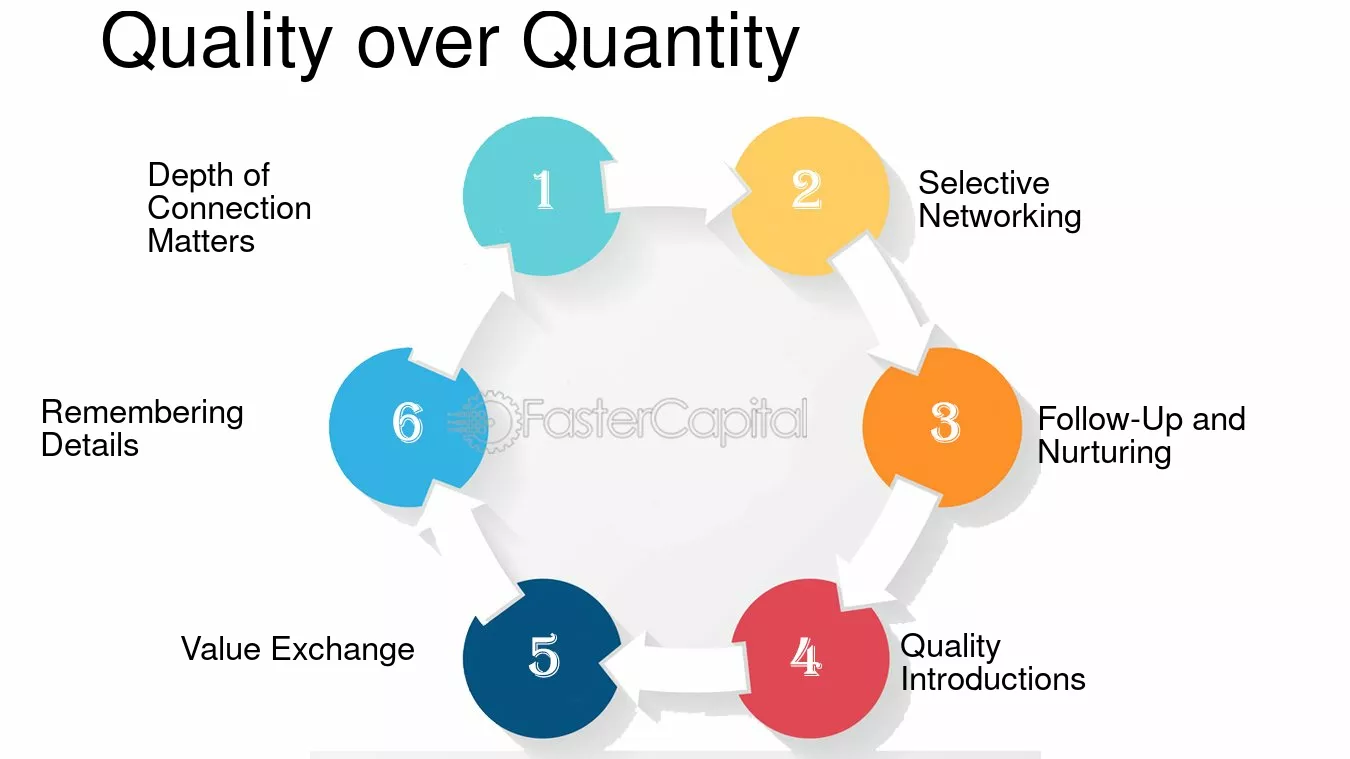
[Source: google]
Mistake #9: Prioritizing Quantity Over Quality
It’s surprising, but 60% of all brand content is considered poor, irrelevant, or ineffective. Many businesses make the mistake of thinking that producing more content, publishing more ads, and doing “more” will automatically lead to better results.
In reality, this is an expensive error. With so much content and ads online, quantity alone won’t help you stand out. What really matters is creating content that is valuable, memorable, and shareable.
Instead of posting five average blog entries each week, focus on crafting one outstanding piece filled with case studies, data, visuals, and extra details that add real value.
How to Create High-Quality Content
1. Monitor Trends
- Keep an eye on social media and Google to spot trending topics. Use search suggestions and “People Also Ask” sections to discover what your audience is looking for.
2. Use the Skyscraper Technique
- Find popular content in your field and create a better, more complete version. Make it bigger, bolder, and richer to grab attention and encourage sharing.
3. Stay Specific to Your Niche
- Avoid trying to cover everything. Focus on what your brand does best and provide detailed, authoritative content on those subjects.
4. Define the Purpose of Every Piece
- Ensure every page or post has a clear purpose—an About page that showcases your unique value, a Contact page that simplifies connections, and so on.
5. Use Credible Data
- Support your claims with facts, numbers, and trustworthy sources. This builds authority and trust with your audience.
Pro Tip
Search engines favour quality over quantity. Google’s algorithms increasingly prioritize content that offers value, usability, and relevance—so investing in exceptional content benefits both your audience and your SEO performance.
Bonus Tip: How To Minimize Online Marketing Strategy Mistakes By Prioritizing Digital Marketing Efforts
Mistake #10: Ignoring Your Most Effective Marketing Channels
Many businesses spread their marketing efforts too thin, chasing every new tactic without understanding what actually drives results. To get the most out of your digital marketing, you need to focus on what works.
How to Identify Your Top-Performing Channels
1. Analyze Your Past Successes
Look at your closed deals and ask:
- Where did these clients come from
- Which channels or tactics brought in your most valuable customers?
2. Evaluate Lead Sources
Track every lead source, both those performing well and those underused. Knowing where your prospects come from helps you use resources wisely.
3. Measure Revenue by Client
Document the revenue generated by each client. This gives you a clear picture of which channels and strategies provide the highest return on investment (ROI).
4. Double Down on What Works
Once you identify the top-performing strategies, focus your efforts there. Study what made them successful and copy those tactics to maximize results.
By concentrating on the channels and tactics that have historically delivered the best ROI, you can stop wasting time on unproductive efforts and start investing in strategies that truly grow your business.

